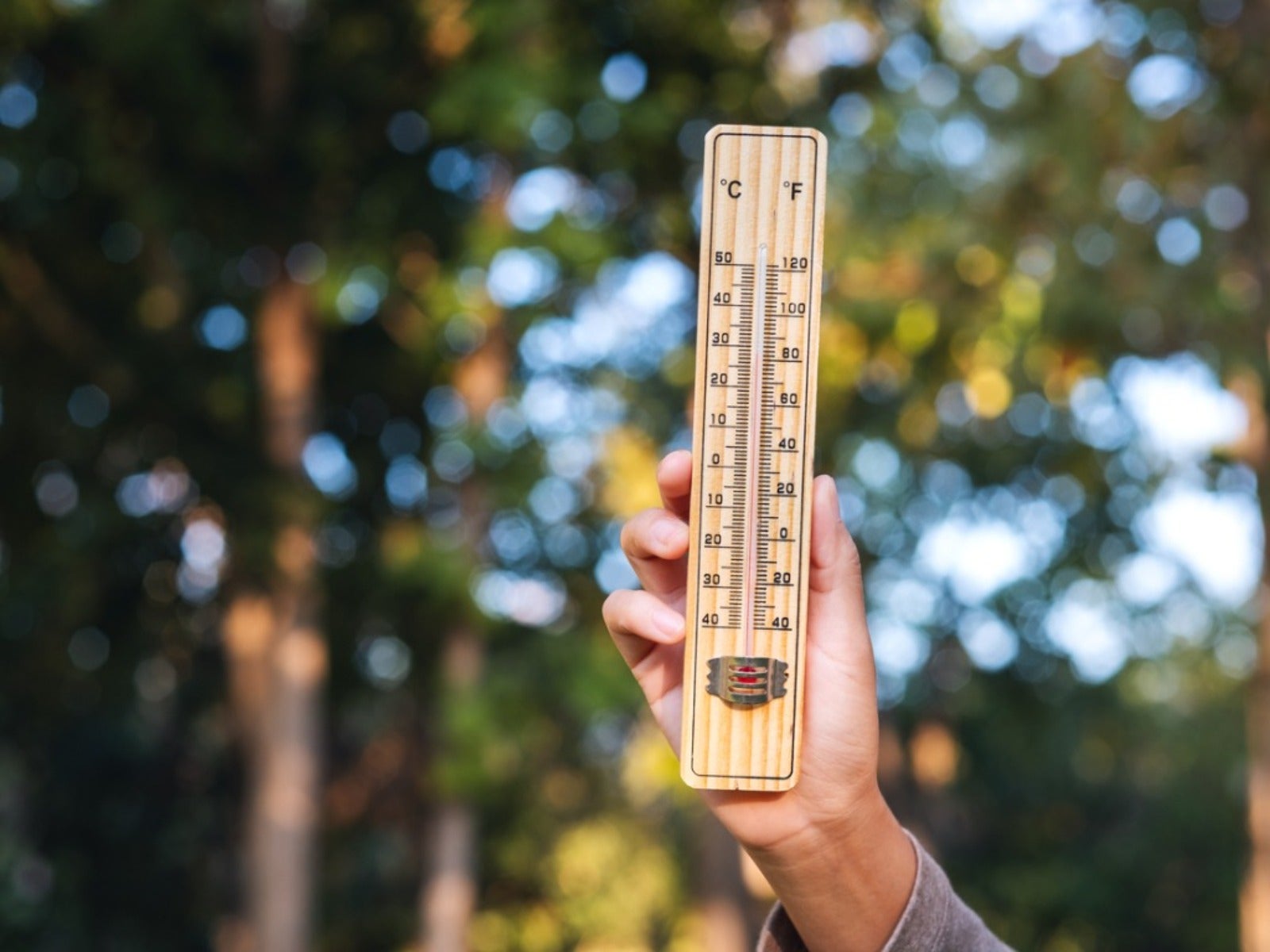Here’s How USDA Hardiness Zones Have Changed Over The Years


The Earth's climate is changing. This is not news to most gardeners. We see it in our backyards, our gardens and if we've been gardening a while, with the USDA hardiness zones update in 2012. When the map was redrawn, almost half of the continental US saw a change in their hardiness zone. Many believe this was due to climate change.
What is the USDA Hardiness Zone Map
First published in 1960 by the US Department of Agriculture, the hardiness zone map depicts the average annual minimum temperature for an area. The first map was divided into 10 zones with each zone representing a 10 degree (Fahrenheit) temperature range. For instance, the average annual minimum temperature for zone one is -50 to -60 degrees F. or -51.1 to -45.6 degrees C.
Since that time USDA Hardiness Zone map changes have included the addition of zones 11-13. Each numbered zone has also been divided into “a” and “b” zones. Data from more weather stations has been collected and more sophisticated data analysis methods have been employed. This has led to opposite shifts in hardiness zones over time.
Plant Hardiness Zones: Climate Change
Since its conception in 1960, the USDA Hardiness map has been updated twice. Once in 1990 and again in 2012. Some of the shifts seen with these updates was due to the way data was collected, tracked and analyzed. Yet, other changes can be attributed to warmer winter low temperatures.
More importantly, recent data predicts future shifts in hardiness zones as average annual low temperatures continue to rise. However, it's not likely that gardeners will see an updated hardiness zone map soon.
Adjusting to Changing Hardiness Zones
Some scientific models show the USDA Hardiness zones marching northward at a velocity of 13.3 miles per decade. Using these values, researchers at the University of Idaho calculated that by 2070 cash crops like almonds, kiwi and oranges would see an expanded range of areas where these plants could be grown in the continental US.
While this doesn't mean gardeners in Alaska will soon be growing oranges, it does mean that perennial plants which have had sketchy winter hardiness in an area will be more likely to survive in that area in the future. However, experts warn there is more to winter hardiness than a zone defined by the average of annual minimum low temperatures.
Gardening tips, videos, info and more delivered right to your inbox!
Sign up for the Gardening Know How newsletter today and receive a free copy of our e-book "How to Grow Delicious Tomatoes".
For instance, if you live in Zone 6, the USDA hardiness map lists your average annual low temperature between 0 and -10 degrees F. (-23.3 to -17.8 C.) This doesn't mean that every winter will have a cold snap where temperatures fall into this range, nor does it guarantee the temperature will never dip below -10 degrees F.
It's during these extreme winter weather events that perennial plants are most likely to suffer cold damage. Additionally, an early cold snap in the fall or a late one in the spring can leave plants unprepared to handle the cold. According to experts, climate change predictions indicate an increase in these types of extreme weather events.
Bottom line, until an updated map is released with new hardiness zones, the recommendation is to continue using the current map to purchase plants which are winter compatible in your area. And while it's important for gardeners to realize hardiness zones are shifting, experts agree these maps are just one tool in the gardener's arsenal. Understanding the microclimates of your property and planting the right plant in the right place have an equal, if not bigger bearing, on success.

Laura Miller has been gardening all her life. Holding a degree in Biology, Nutrition, and Agriculture, Laura's area of expertise is vegetables, herbs, and all things edible. She lives in Ohio.
-
 Try The Trend – Turn Any Bed Into A Keyhole Garden With This Clever In-Ground Composter
Try The Trend – Turn Any Bed Into A Keyhole Garden With This Clever In-Ground ComposterKeyhole gardening is an efficient and sustainable practice that saves space. Get started on this DIY project quickly and easily with an in-ground composter.
By Bonnie L. Grant
-
 4 Superfast Composting Methods: Turn Waste Into Garden Gold In 30 Days Or Less
4 Superfast Composting Methods: Turn Waste Into Garden Gold In 30 Days Or LessTry the fastest composting methods to turbocharge your pile and transform kitchen scraps and garden waste into finished compost in just a few weeks.
By Mary Ellen Ellis